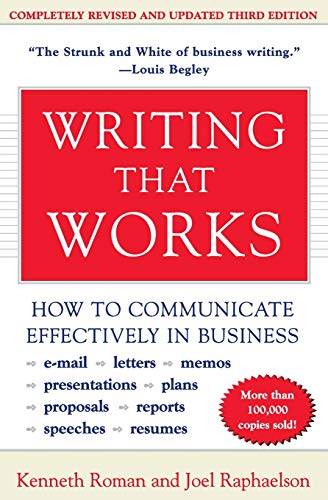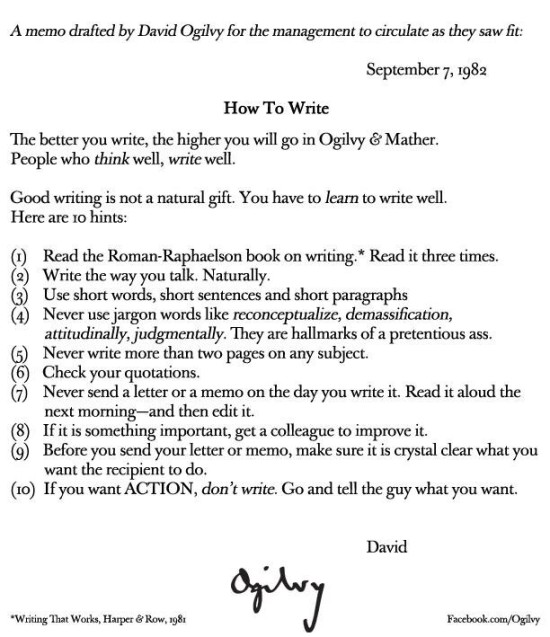
How to never run out of ideas:
Use the AAAA framework.
You can express a single core idea in four ways:
• Actionable (here's how)
• Analytical (here are the numbers)
• Aspirational (yes, you can)
• Anthropological (here's why)
Give it a try and watch the ideas overflow.
Use the AAAA framework.
You can express a single core idea in four ways:
• Actionable (here's how)
• Analytical (here are the numbers)
• Aspirational (yes, you can)
• Anthropological (here's why)
Give it a try and watch the ideas overflow.
Actionable:
These are actionable, implemental pieces of content.
The reader should gain some new insight or instruction they didn't have beforehand.
• Tips
• Hacks
• Resources
• Ultimate guides
Take your core idea and help the reader put it into practice.
These are actionable, implemental pieces of content.
The reader should gain some new insight or instruction they didn't have beforehand.
• Tips
• Hacks
• Resources
• Ultimate guides
Take your core idea and help the reader put it into practice.
Analytical:
These are breakdowns involving numbers, frameworks, and processes.
Take your core idea and support it with numbers and analysis.
• Industry trends
• Surprising numbers
• Why your idea works
Help the reader unlock a new way of thinking.
These are breakdowns involving numbers, frameworks, and processes.
Take your core idea and support it with numbers and analysis.
• Industry trends
• Surprising numbers
• Why your idea works
Help the reader unlock a new way of thinking.
Aspirational:
These are stories of how you or others put your core idea into practice.
• Lessons
• Mistakes
• Reflections
• Underrated traits
• How to get started
Help the reader understand the benefits they unlock when they see the world through this new lens.
These are stories of how you or others put your core idea into practice.
• Lessons
• Mistakes
• Reflections
• Underrated traits
• How to get started
Help the reader understand the benefits they unlock when they see the world through this new lens.
Anthropological:
These are things that speak to universal human nature.
• Fears
• Failures
• Struggles
• Why others are wrong
• How you've been misled
Create a sense of urgency for the reader to fully embrace your core idea or be forever left behind.
These are things that speak to universal human nature.
• Fears
• Failures
• Struggles
• Why others are wrong
• How you've been misled
Create a sense of urgency for the reader to fully embrace your core idea or be forever left behind.
Once you see this framework, it's literally impossible to run out of ideas.
So here's your new content strategy:
1. Take a core idea
2. Sprinkle in your unique perspective
3. Run it through the AAAA framework
Then, publish, publish, publish.
Then, repeat.
So here's your new content strategy:
1. Take a core idea
2. Sprinkle in your unique perspective
3. Run it through the AAAA framework
Then, publish, publish, publish.
Then, repeat.
This is one of the many frameworks we teach to Ship 30 for 30 members.
And there are six days left to enroll in the next cohort.
But fair warning:
If you hate having too many ideas to write about and hate building lifelong friendships, do not join.
ship30for30.com
And there are six days left to enroll in the next cohort.
But fair warning:
If you hate having too many ideas to write about and hate building lifelong friendships, do not join.
ship30for30.com
If you found these tips valuable:
1. Follow me for more threads on writing and building → @dickiebush
2. Jump back up to the top and retweet it to share the framework with others - I'd greatly appreciate it.
1. Follow me for more threads on writing and building → @dickiebush
2. Jump back up to the top and retweet it to share the framework with others - I'd greatly appreciate it.
https://twitter.com/dickiebush/status/1403709547513057281?s=20
TLDR:
Start with a core idea and run it through these steps.
Actionable: tips, hacks, resources, guides.
Analytical: trends, numbers, supporting reasons.
Aspirational: lessons, mistakes, reflections, stories.
Anthropological: fears, failures, struggles, why others are wrong.
Start with a core idea and run it through these steps.
Actionable: tips, hacks, resources, guides.
Analytical: trends, numbers, supporting reasons.
Aspirational: lessons, mistakes, reflections, stories.
Anthropological: fears, failures, struggles, why others are wrong.
I love this visual from @JensLennartsson.
Thanks for putting it together!
Thanks for putting it together!
https://twitter.com/JensLennartsson/status/1404085129543393286?s=20
• • •
Missing some Tweet in this thread? You can try to
force a refresh









